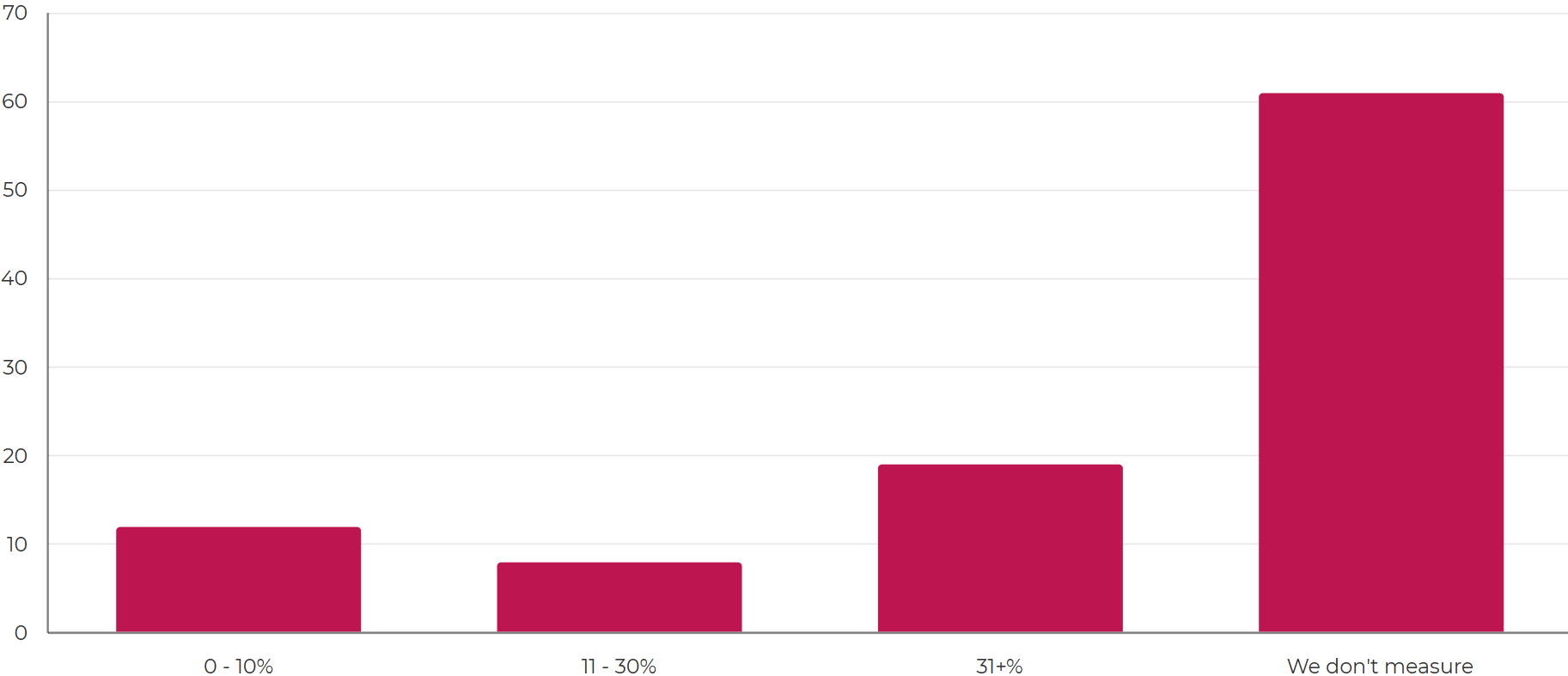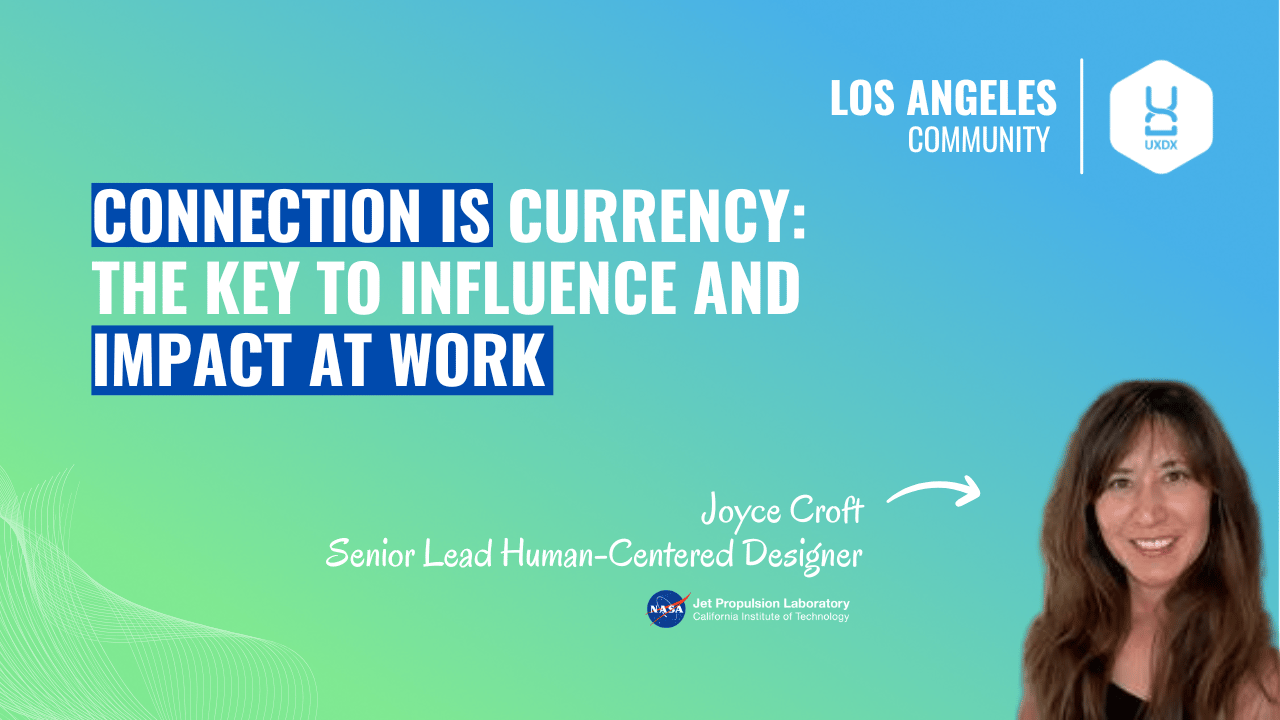- The Product Model
- Posts
- The Product Model #251 - A Product Is Not The Sum Of Its Parts
The Product Model #251 - A Product Is Not The Sum Of Its Parts
This Week’s Updates: Being Present, Good Times In Tech Are Over, Place For AI Generated Users, Animations, Wrong Communication With Engineers and more...

A Product Is Not The Sum Of Its Parts
Ford was the poster-child for the benefits of the assembly line way of working. But the approach of breaking down every process into its constituent parts, then optimising each one separately is now backfiring.
Ford's CEO, Jim Farley, revealed how the company's traditional approach to manufacturing has become a liability in the software age. Ford treated vehicle components as discrete units that could be outsourced to specialised suppliers, saving approximately $500 per vehicle. But, as Farley noted, "Even though it says Ford on the front, I actually have to go to Bosch to get permission to change their seat control software.". This meant that Ford couldn't create as seamless an experience for customers compared to rivals like Tesla.
Software is central to every product and service these days so we need to stop thinking in terms of projects and features, but in terms of the experience of the product as a whole.
In your organization, how integrated is software development with other business functions? |
This Week’s Updates
Enabling the Team
A Product Is Not The Sum Of Its Parts by Rory Madden
In a world where software is becoming central to every product and service, we need to evolve beyond the assembly line mentality. Success lies not in optimising parts but in creating systems that can evolve and adapt as a whole.
When The Best Leadership Skill Is Just Being Present by Lisa Zigarmi & Stella Grizont
Presence signals care, creates psychological safety, and strengthens relationships (even without offering solutions). In moments of uncertainty, simply showing up with attention and steadiness can be a leader’s most powerful move.
Product Direction
The Good Times In Tech Are Over by Sean Goedecke
Product work is shifting from growth-at-all-costs to sustainability, efficiency, and hard trade-offs. Teams need to adapt by focusing on real customer value, tighter feedback loops, and long-term resilience over short-term wins.
AI Horseless Carriages by Pete Koomen
New technologies often mimic old paradigms before finding their true form, just as early cars resembled carriages. Recognising this pattern helps product teams spot opportunities to rethink experiences rather than simply replicate the past.
Continuous Research
Synthetic Users: Is There A Place For “AI-Generated Users” In UX Research? by Daniel Mitev
AI-generated users promise faster insights, but they risk oversimplifying or distorting real human behaviour. The challenge is balancing speed and cost-efficiency with the depth and nuance of genuine user research.
UX Research Education For Cross-Functional Stakeholders by Johanna Jagow
Helping stakeholders understand UX research improves collaboration, buy-in, and the impact of insights. Educating teams on what research can and can’t do builds shared language and realistic expectations. [Sponsored Content]
Continuous Design
The Role Of User-Centered Innovation In UX Design by Agnes Joseph
User-centered innovation is crucial in UX design as it drives the creation of solutions that genuinely meet user needs, ensuring more effective, engaging, and impactful designs.
Good VS Great Animations by Emil Kowalski
Subtle timing, context, and purpose separate good UI animations from great ones. Thoughtful motion design reinforces intent, guides user attention, and adds polish without distraction.
Continuous Development
What Engineers Get Wrong About Communication by Ian Vanagas
Good communication isn’t about over-explaining or flooding channels. It’s about timing, clarity, and understanding your audience. Engineers who treat communication as a product skill build more trust and alignment across teams.
The State Of The Front-End And Full-Stack Job Market by Tim Severien
Frontend and fullstack roles are shifting as AI tools automate more low-level work and companies favour engineers who understand product impact. Developers who blend technical breadth with user awareness are becoming increasingly valuable.

Join The Los Angeles Online Event This Thursday
Don’t miss out on an exciting event live from LA!
Ready to make a bigger impact at work? Join us online this July 24th for UXDX Los Angeles, where we’ll explore the power of connection in the workplace. The first session, "Connection Is Currency: The Key to Influence and Impact at Work", will be led by Joyce Croft, Senior Lead Human-Centered Designer at NASA Jet Propulsion Laboratory. Joyce will dive into how building meaningful connections can elevate your career, increase your influence, and open doors to new opportunities. Learn how presence, curiosity, and initiative can help you foster stronger relationships and create momentum in your work.
This event is free to attend, simply register here to receive the livestream link. Don’t miss this opportunity to learn from an expert at NASA and be part of the conversation!
FREE COMMUNITY EVENTS
IN-PERSON Tomorrow: New York 5 Aug: Columbus OCT: Product Community Week 🔔 Want a UXDX Community event in your city? or, alternatively, if your company wants to host an in-person event please reply and let us know. | ONLINE More coming soon… |
Video of the Week
What Does It Really Mean To Be A Design-Centric Company?
In this session, Chris Grant, Senior Design Director at Lingokids, dives deep into the concept of being design-centric, beyond the typical user-centered approach. Drawing on his experience at Preply and Lingokids, Chris emphasizes the importance of combining craft, creativity, and innovation through a thorough understanding of customer insights.
Learn how being truly design-centric can lead to exceptional user experiences that stand out in today’s competitive market. Check out the video below!
The Results of Last Week’s Poll
The question: How often do your features achieve the expected business value?

This week’s poll results reveal an interesting gap in how teams measure their success in delivering business value. While 61% of respondents report that they don't measure the business value of their features, 19% are more successful, with 31% or more of their features achieving the expected business impact.
Interestingly, 12% of respondents indicate that only 0-10% of their features meet business value expectations, while 8% see 11-30% success. These results suggest that many organizations may be missing key measurements that align product development with tangible business outcomes, making it challenging to assess the real value of their features.
If you want to boost your team’s ability to deliver real business value, check out our new course “From a Team of Functions to a Cross-Functional Team” running this October in Dublin. In this course, we'll dive into strategies that will help refine your ways of working and empower your team to achieve better outcomes.
Don’t miss the chance to transform how your team works together to drive business success!
Seen an interesting article online? Share it with us and we might feature it in our next issue!
Click here to share an article
